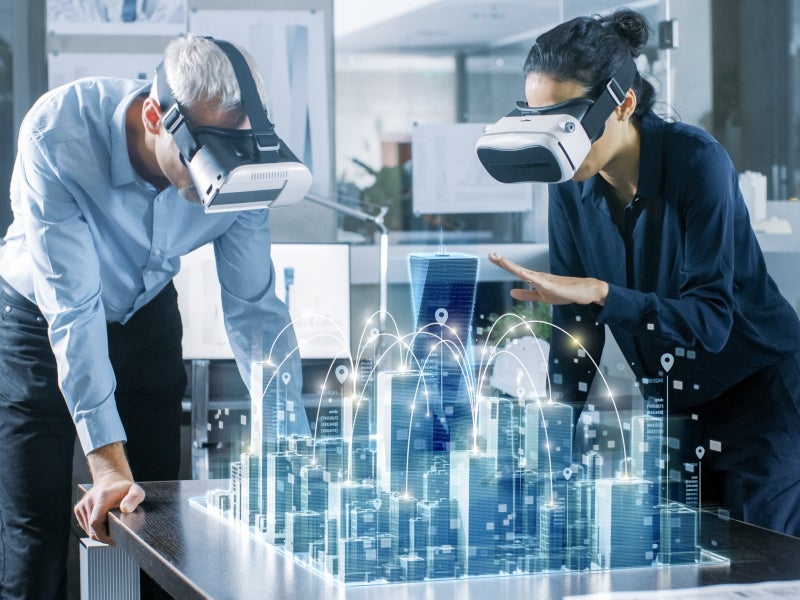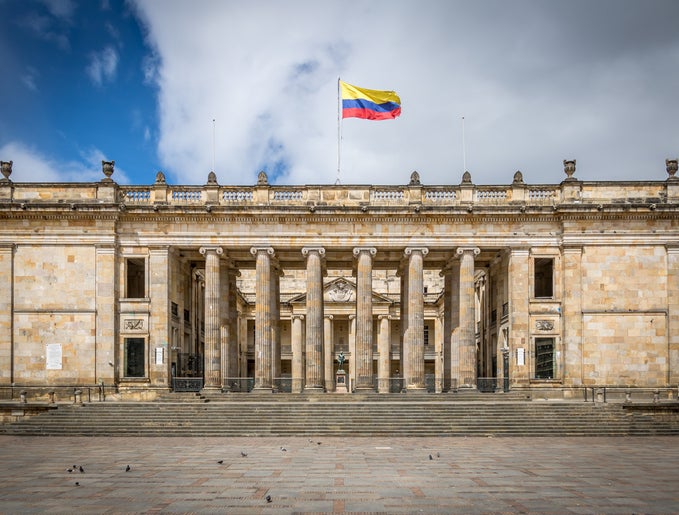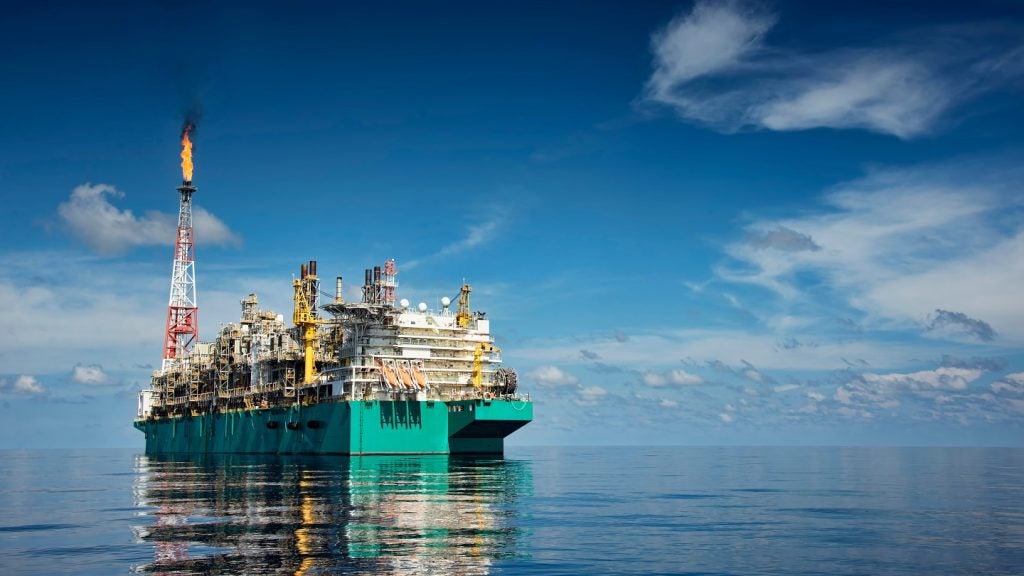
Oil and gas companies spend millions of dollars on training new employees and contract workers to meet safety standards. Virtual reality and 3D simulations allow employees to interact with the facility equipment and experience possible emergency situations within a safe environment.
Key virtual reality trends in oil and gas
Listed below are the leading virtual reality trends in oil and gas, as identified by GlobalData.
Simulation of oil and gas operations
Virtual reality provides an immersive experience to the user by creating a 3D simulation of real-world environments. Simulation of real-world scenarios provide data on important parameters in oil and gas operations that can be useful in evaluating the performance of different processes beforehand. Virtual reality allows companies to create a digital twin to replicate the performance of an oilfield, refinery, or any other operational unit on a virtual platform.
This helps in minimising risks and costs associated with new process implementation in oil and gas operations.
Oilfield surface terrain analysis
Virtual reality plays an important role in creating 3D views of subsurface geological structures. VR can replicate subsurface reservoirs, structural faults, and other geologic formations to create 3D digital models. This technology benefits geologists, geophysicists, and engineers to better understand the topography for identifying potential hydrocarbon reserves and accurately planning drilling operation, thus minimising the possibility of dry hole drilling-related expenses and increase drilling efficiency.
Conducting training programmes
Training in the oil and gas industry is one of the major areas where virtual reality has gained wide adoption. VR technology can create 3D walkthroughs of real-world locations, including oil and gas assets. This helps in conducting training programmes using immersive 3D models to help in enhancing understanding of different systems and processes in use in the industry. VR technologies also help field operators in improving the understanding of safety procedures and responding to emergency situations.
How well do you really know your competitors?
Access the most comprehensive Company Profiles on the market, powered by GlobalData. Save hours of research. Gain competitive edge.

Thank you!
Your download email will arrive shortly
Not ready to buy yet? Download a free sample
We are confident about the unique quality of our Company Profiles. However, we want you to make the most beneficial decision for your business, so we offer a free sample that you can download by submitting the below form
By GlobalDataMoreover, VR-enabled wearable devices are garnering recognition for their usability in training. The use of VR headsets and smart clothing can help in recreating an immersive model of an actual production facility along with the right set of environmental conditions to improve the preparedness of operators. VR and wearables are also finding use cases in enhancing the understanding of new processes that are to be adopted at oil and gas facilities.
Testing and inspection of processes
VR is being used to increase the efficiency of inspection and maintenance activities through data-driven simulation and modelling. The technology helps to integrate historical data with real-time information to identify maintenance requirements and guide technicians on the tasks to be executed to prevent an impending breakdown. This involves step-by-step instructions on locating the faulty part and repairing or replacing it, thus minimising the time required in execution of the maintenance activity.
Product design and manufacturing
Virtual reality offers new possibilities in the domain of product development. Digital designs simulated by 3D rendering are tested for results even before reaching the manufacturing stage. VR, integrated with 3D printing, can develop multiple prototypes at rapid speed. VR technology reduces the turnaround time for the development of critical oil and gas equipment by accelerating the product design process. The technology also reduces the consumption of material to a great extent by eliminating the need for manufacturing different prototypes for testing.
Disaster management using virtual reality
Field technicians in the oil and gas industry work under harsh environmental conditions and are susceptible to hazardous gases and chemicals. Virtual reality has the potential to train employees to deal with emergency responses by creating simulation of real-world scenarios.
Digital twin with VR
Connected devices and IoT are transforming oil and gas operations across the value chain. Companies are connecting sensors on equipment and infrastructure to gather as much data as possible about plant operations for improved visibility and decision-making. The digital twin is one such use case of IoT that empowers companies to visualise plant operations in an immersive environment using VR. It replicates plant processes in the virtual world and helps to identify potential problem areas and devise plans to overcome them.






